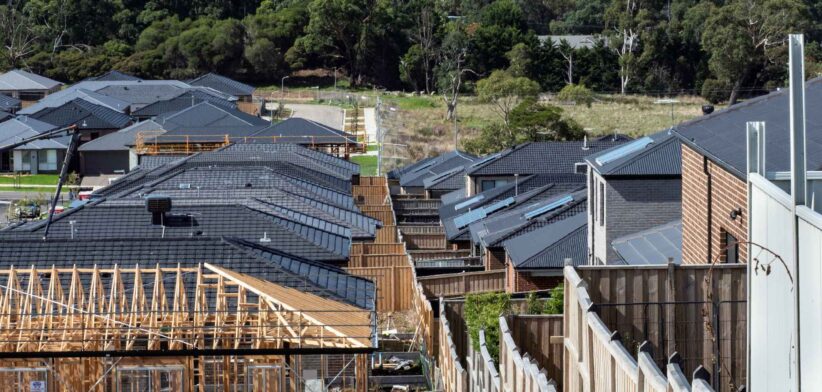Tweaks to Capital Gains Tax (CGT) could facilitate the build of 130,000 extra homes over the next five years.
A new McKell Institute discussion paper argues instead of simply increasing or decreasing the CGT discount, a more nuanced approach was needed.
Paper co-author Edward Cavanough, CEO of the policy research institute, said CGT needed a shake-up via their “circuit breaker” proposal to address the national housing shortage.
Mr Cavanough said the paper, which would be submitted to the productivity roundtable, suggested:
- Increasing the CGT discount on new attached builds to 70 percent, from 50 percent.
- Decreasing the CGT discount on existing detached dwellings to 35 percent, from 50 percent.
- Leave the CGT discount on new detached dwellings unchanged at 50 percent.
- Grandfathers all existing investments.
He said the Institute estimated this proposal would generate a 1.2 per cent “uplift” in supply, helping Australia get back on track to its target of 1.2 million homes by 2030.
“It could see up to 130,000 additional homes built by 2030.”
Mr Cavanough said the current position of seeing CGT as “some kind of grand moral question” had stalled progress needed to fixing the housing crisis.
“The CGT tax discount is neither good nor evil. But it should be better calibrated to actually achieve our social aims.
“Instead of encouraging property investors to bid up the price of existing housing stock we should be encouraging them to contribute to the construction of new dwellings.”
He said the modelling showed that the Government could stimulate supply without affecting the budget bottom line.
Read the paper: Harnessing Aspiration.








